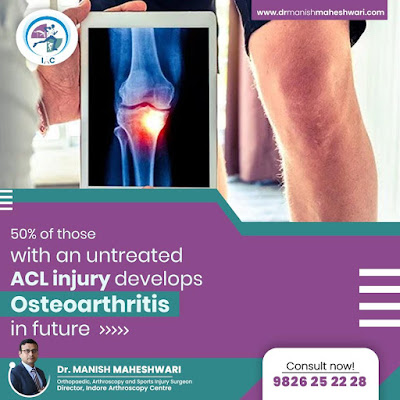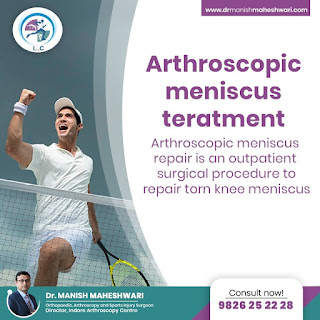Types of ACL Injuries

Anterior Cruciate Ligament (ACL) , is the ligament in the knee joint which connects the thigh bone with the shin bone and also provided stability and proper movement and normal functioning for a knee joint. An ACL injury may lead to various types of discomfort levels depending on the severity of the damage to the ligament. The type of injury to the ligament also will point towards the time it would take to heal, the type of treatment required and also the extent of discomfort that it would cause to the person. An ACL injury of the minor type may let the patient do his daily routines without much ado but a major type of injury could put you out of action for long and the pain could be of very excruciating levels. An ACL injury of minor or major type needs to be diagnosed immediately and proper care and treatment to be provided on an urgent basis as even a minor injury to the ligament could worsen over time and make it a major problem enough to be brought to the surgery table. So the imp...


